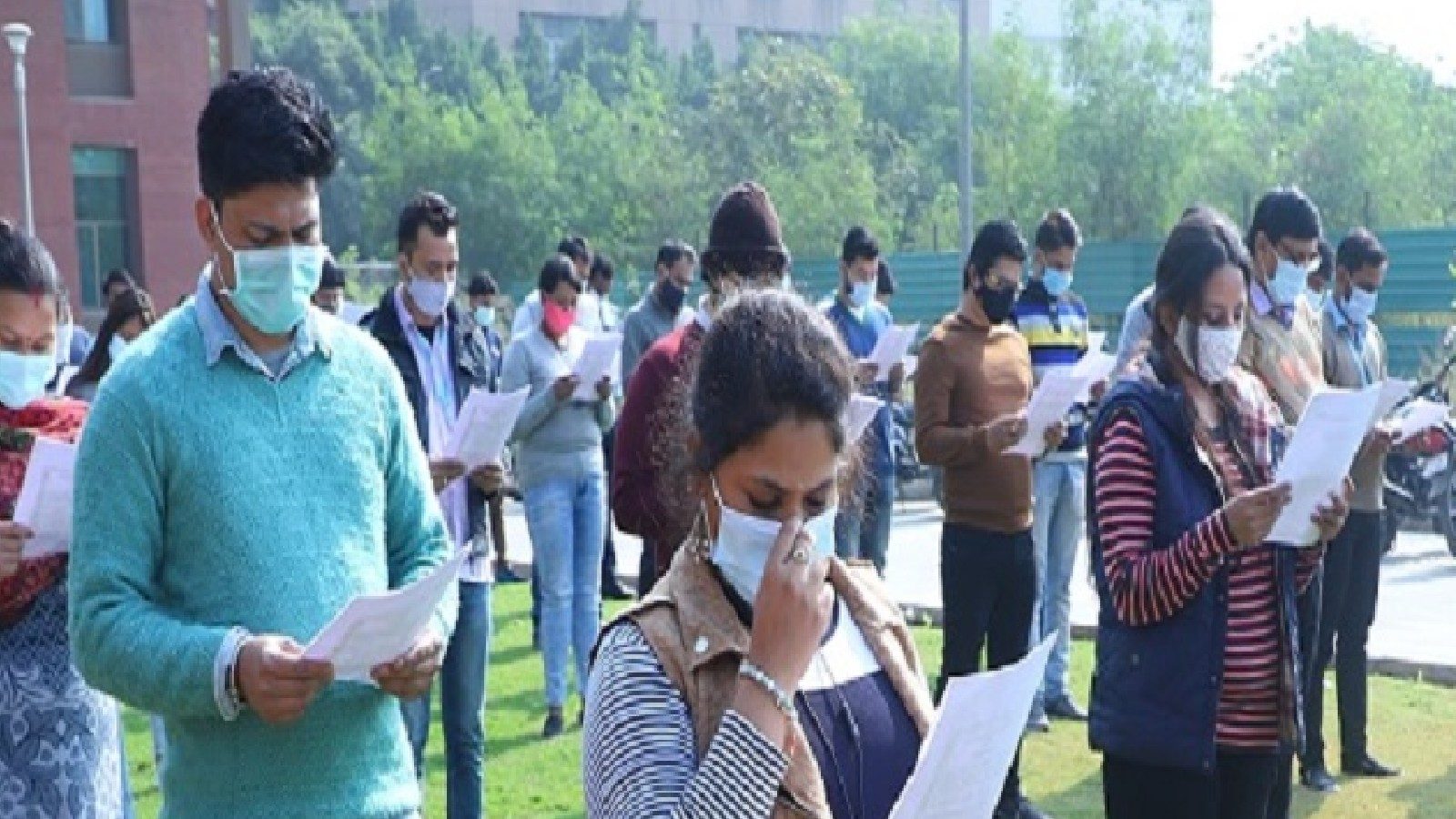Most of the students who appeared for the Joint Entrance Exam (JEE) Main have found the exam to be comparatively easier than the earlier attempts. This could also have been because of multiple attempts being held already as well as due to the long duration available to students for practice. Since most students appearing for the exam have appeared earlier and are fighting to increase their scores. It is likely that mathematics could be the deciding factor now.
Now, with a change in the tie-breaker policy, math becomes all the more important. In case two students score similar marks, the having more marks in math will be given the first preference. Earlier age was also one of the criteria which now has been dropped.
Students reported the numerical section to be lengthy and tricky in mathematics. The physics section too had numerical involving lengthy calculations, however, they were were easy concept-based questions.
Mathematics was moderately difficult while physics and chemistry were rated as easy by students, said Ramesh Batlish, an expert at FIITJEE. “In terms of order of difficulty – mathematics was difficult while chemistry was easiest amongst the three subjects. Overall, this paper was of moderate level of difficulty as per students,” he said.
Questions covered almost all chapters of Class 11 and 12, however, in mathematics, most questions were asked from calculus and algebra. Weightage was given to chapters like vectors, matrices, probability, 3D geometry, complex numbers in Algebra. In physics, questions were asked from EM waves, optics, electrostatics, magnetism, current electricity and AC circuits. In chemistry, inorganic was given more weightage compared to physical and organic chemistry. There were questions from polymers, s-block elements, chemistry in everyday life apart from coordination chemistry.
Read all the Latest News, Breaking News and Coronavirus News here
Source link




